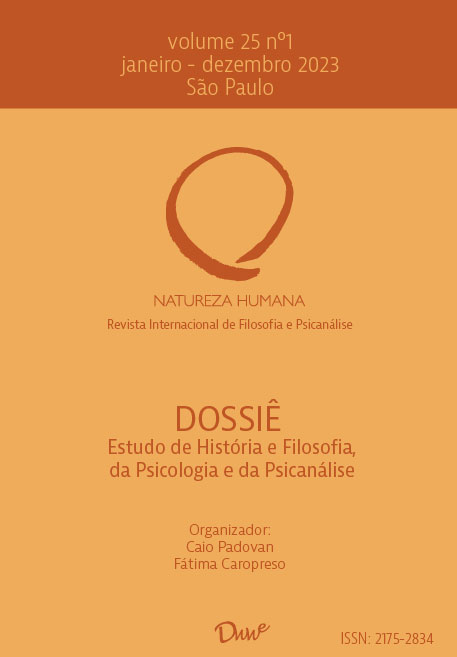The distinction between matter and form of the appearances and the theme of innatism in the Critique of Pure Reason
DOI:
https://doi.org/10.59539/2175-2834-v25n1-640Keywords:
Immanuel Kant; a priori; innate ideas; space and time; forms of appearances.Abstract
The present article aims to discuss two intrinsically connected subjects: (i) the structure of the argument of the “Transcendental Aesthetics” (ii) the epistemological and metaphysical status of the representations of space and time in Kant. It is argued that the Kantian argument does not presuppose a predetermined distinction between matter and form of phenomena, but that the entirety of the philosopher's text seeks, precisely, to argue in favor of this differentiation. To this end, initially, Norman Kemp Smith's interpretation of “Transcendental Aesthetics” will be discussed and three important problems presented by the commentator will be raised. Afterwards, H. J. Paton's interpretation and his proposal for a solution to the problems raised by Kemp Smith will be addressed. Finally, it will be concluded that “Transcendental Aesthetics” cannot aim to argue in favor of the innateness of space and time representations because this would make the argument unfeasible and would go against some of Kant's direct statements.Downloads
Published
2023-12-22 — Updated on 2023-12-22
How to Cite
Chabbouh Junior, M. A. (2023). The distinction between matter and form of the appearances and the theme of innatism in the Critique of Pure Reason. Human Nature - International Philosophy and Psychology Review, 25(1), 65–75. https://doi.org/10.59539/2175-2834-v25n1-640
Issue
Section
Filosofia








